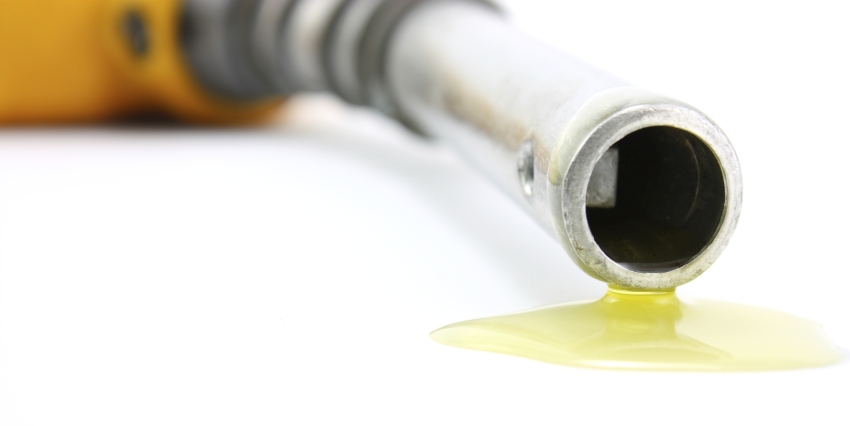EN590 -10 PPM
There are minimum and maximum values which the fuel must meet in order to be classed as EN 590 gas oil. The typical column lists values for these parameters, all of which lie within the specification limits and which can be expected for deliveries of this grade of fuel.
These parameters include density at 15°C (typically at this temperature it will have a density of 0.856kg/m3 with a minimum of 0.82kg/m3 required), a typical 0.1% carbon residue value (where the maximum permitted for this grade is 0.3%). The table also shows that the minimum flashpoint (the lowest temperature at which the fuel produces vapour that is an ignitable mixture in air near the surface of the liquid) is 56°C, while typically you can expect A2 Class gas oil to have a flashpoint of more than 62°C. Other important parameters that this grade of gas oil needs to meet are the cold filter plugging point in winter and summer (the highest temperature at which point the oil will start to gel and cause filter blocking issues). Class A2 gas oil needs to stay fully mobile down to a maximum of -4°C (the typical plugging point is -8°C in summer) and -12°C in winter (typically A2 gas oil maintains full fluidity until -15°C).
EN590 and water contamination
Although EN590 covers numerous fuel characteristics, water content is the most relevant contaminant for fuel maintenance. To comply with EN590, fuel can contain no more than 200mg of water per kg of fuel.
This is an extremely demanding standard. 200mg of water per kg of fuel represents just 0.02% water contamination. Because modern biodiesel blends absorb water naturally (i.e. they are hygroscopic) it is practically impossible to adhere to the standard without regular testing and the use of a water extraction process such as a polishing system or regular tank cleaning.
EN590 -10 PPM Diesel Specification
| Parameter | Unit | Minimum | Maximum | Typical |
| Appearance | – | Clear & bright, Cherry Red, Free from visible sediment. |
Pass | |
| Density at 15°C | kg/m³ | 0.820 | – | 0.860 |
| Kinematic viscosity at 40°C | mm²/s | 1.5 | 5.5 | 3.0 |
| Carbon residue (Ramsbottom on 10% residue) |
% (m/m) | – | 0.30 | 0.10 |
| Distillation recovery at 250°C | % (v/v) | – | 65 | 42 |
| Distillation recovery at 350C | % (v/v) | 85 | – | 92 |
| Flash point (PMCC) | °C | 56 | – | >62 |
| Water content | mg/kg | – | 200 | <100 |
| Particulate content | mg/kg | – | 24 | <10 |
| Ash content | % (m/m) | – | 0.01 | <0.01 |
| Sulphur content | % (m/m) | – | 0.10 | <0.098 |
| Copper corrosion (3 hrs at 50°C) |
Class | – | 1 | 1a |
| Cold filter plugging point(1) Summer | °C | – | -4 | -8 |
| Cold filter plugging point(1) Winter | °C | – | -12 | -14 |
| Cetane number | – | 45 | – | 48 |
| Fatty acid methyl ester (FAME) | % (v/v) | – | 7.0 | <0.1 |
| Carbon | % (m/m) | – | – | 87 |
| Hydrogen | % (m/m) | – | – | 12.75 |
| Nitrogen | % (m/m) | – | – | 0.01 – 0.05 |
| Gross specific energy (MJ/kg) | MJ/kg | – | – | 45.4 |
| Gross specific energy (MJ/litre) | MJ/litre | – | – | 38.8 |
| Mean specific heat capacity over 0 – 100°C | KJ/kg °C | – | – | 2.05 |
| Volume correction factor | per °C | – | – | 0.00081 |
| Strong acid number | mg KOH/g | – | nil | nil |
| Lubricity (HFRR) | µm | – | 460 | <460 |
| Oxidation stability 0.0 – 7.0% FAME | g/m³ | – | 25 | – |
| Oxidation stability 2.0 – 7.0% FAME | h | 20 | – | – |
This specification is not a guarantee. We reserve the right to alter the specifications without any notice.


